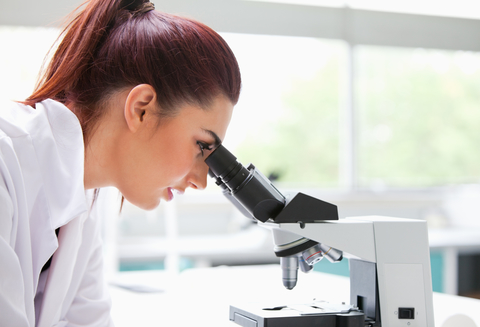Antibiotic compound from garlic recreated by researchers

A team from Cardiff University, working with Abertillery company Neem Biotech, have successfully synthesised a compound called ajoene, without the need for garlic as a starting material, opening up the possibility of producing it cheaply and in large volumes.
Cardiff University reports the team believe the compound could be used as a novel drug in the fight against antibiotic resistance.
The results have been published in Angewandte Chemie.
Ajoene is an organosulfur compound commonly found in garlic that appears as a colourless liquid. It has proven to be an effective antibacterial, antimicrobial and antifungal agent and has also shown promise in chemotherapy treatments for cancer. Research has shown that ajoene’s therapeutic effectiveness is a result of its ability to interfere with the chemical communication signals between bacteria, preventing them from growing and spreading. Up until know, ajoene has been produced using garlic extract as a starting material, which has resulted in sub-optimal and unreliable yields.
For the first time researchers from Cardiff University’s School of Chemistry have developed a robust and reliable method for creating ajoene using commercially available chemicals as starting materials. The new method has increased the yield, efficiency, reliability and cost effectiveness of the compound and means that the process can be scaled up to create large volumes. Moreover, the new method could allow the researchers to create derivatives of ajoene and further explore its potential as a therapeutic compound.
Antibiotic resistance occurs when bacteria develop the ability to defeat the drugs designed to kill them, and has such been labelled as one of the most urgent threats to public health. As bacteria build up a resistance to traditional antibiotic drugs, scientists are constantly searching for new and novel compounds to combat this.
Lead author of the study Professor Thomas Wirth, from Cardiff University’s School of Chemistry, said “Using easily available starting materials we’ve successfully created an efficient, robust and reliable way of producing ajoene in large volumes. Using easily available starting materials we’ve successfully created an efficient, robust and reliable way of producing ajoene in large volumes. The remarkable antibacterial properties of this compound have shown great promise and we hope that this new breakthrough will accelerate efforts to produce ajoene in large volumes and better test its effectiveness as a therapeutic drug.”








